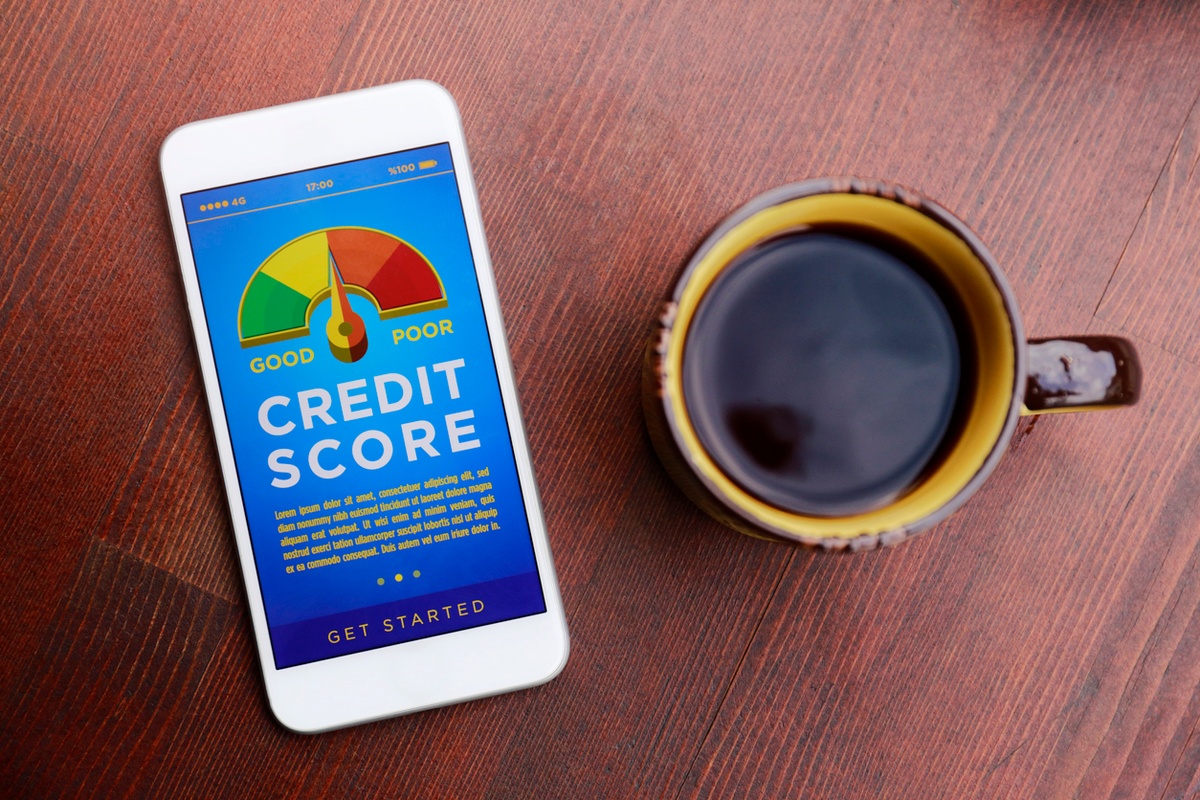Owing money to a lender, however much or little, can be a weight on your mind.
So, it’s natural to want your debts repaid and off your plate as soon as possible. By breaking down what you owe and taking it one step at a time, you can become debt-free in a way that’s manageable to achieve.
1. Get full visibility of what you owe
You can’t clear your debts without knowing how much you owe and who you owe it to. This bit can feel daunting, but it’s quite straightforward!
Start by requesting a free copy of your credit report. This shows your full payment history, including the money you owe. You’ll then be able to see the details of most of your debts in one place.
Remember to get a copy of your report from all three credit reference agencies, as they may hold different information on you. These are Equifax, TransUnion, and Experian.
While most of your debts will appear on your report, there are some that won’t, including:
- Unpaid Income Tax
- Benefit overpayments
- Money owed to friends or family
- Council Tax bills
- Money owed to tradespeople, such as builders
Bear in mind that lenders report your payments and balance with 4-6 weeks’ delay. So, to get the most up-to-date picture of what you owe, make sure you check any information your creditors have sent to you, too.
You’ll then be able to see exactly how much you owe and to whom.
2. Categorise your debts in priority order
Splitting your debts into two categories – your ‘priority debts’ and your ‘non-priority debts’ – will help you see where you need to focus your attention first.
If left unpaid, priority debts can affect your home and health, lead to legal issues, or result in further debt from fines. These might include:
- Mortgage repayments
- Secured loans
- Rent
- Council Tax
- Gas and electricity bills
- Count Court Judgments (CCJs)
- Child maintenance
Once you know what your priority debts are, you can then make a list of any non-priority debts you have. These could include:
- Credit cards
- Unsecured loans
- Overdrafts
- Money owed to friends or family
3. Create your budget
Every little helps when it comes to paying off what you owe. So, working out your budget and what you can spare to put towards your debts is an important next step.
Finding places in your budget where you could cut back is a great place to start. There are three steps to this:
- Look for any expenses that you can remove completely, like subscriptions you barely use.
- See if you have any non-essential expenses that you can cut down on. For example, maybe you can reduce your gift budget until your debts are repaid.
- Work out if you can reduce any of your essential outgoings by switching providers or shopping somewhere else.
4. Choose your debt payment strategy
It’s important that you’re making at least the minimum repayments on all your debts. However, if you have money left over once this is done, you can then make extra payments to clear your debts more quickly.
You can focus on making extra payments towards one debt at a time so you can reduce the number of debts you have faster. It’s up to you to decide which debt you choose to repay first. Things to consider include:
- The amount owing
- The interest charged
- Any overpayment limits and fees
- The repayment term remaining
The snowball method involves paying off your smallest debt first and the biggest one last. Alternatively, the avalanche method focuses on repaying the debt with the highest interest rate first, minimising the amount of interest you pay in the long run.
With both methods, the idea is that you’ll be able to pay the first debt relatively quickly and then let the good feeling from that drive you forward to repay the next!
5. Make extra cash to chip away at your debt
Adding to your income, as well as cutting your everyday spending, can help make repaying debt more manageable. You can use extra money in a number of ways to clear your debts faster:
- Get a quick cash injection just by selling your unwanted items. Vinted is a great app for selling second-hand clothes. Meanwhile, Facebook Marketplace is a great place to sell toys, tech, or larger items like furniture. Doing this after any clear-out you have at home can help you make extra money to go towards your debts.
- A side hustle can be a great way to increase your regular income and help you put more towards your debts. However, it’s important that you track your earnings. You’ll need to fill out a Self Assessment form and may have to pay extra tax if you make over £1,000 in a year.
- Check what benefits you could be entitled to. Any extra income you can get this way could also be used towards your debts. It’s worth noting that benefits are means-tested. So, if you boost your income with a side hustle, then this may affect how much you receive.
6. Know where to find help if you need it
Becoming debt-free may not always be plain sailing. If, at any point, you do find yourself struggling, it’s important to ask for help.
It can feel daunting to reach out to the people you owe money to, but they may be able to offer practical support, such as a repayment plan, or point you in the direction of further advice and help.
You can write to your creditors to explain your financial situation and even request a repayment offer. Use the Citizens Advice template to get started.
Remember, there are things you can do even if you’re struggling to make minimum repayments.
If you’re struggling to tackle your bills, whatever the priority, there are still things you can do:
- Freezing interest
- Agreeing to a lower monthly repayment
- Pausing payments while you seek debt advice
- Offering alternative ways to settle your debt without repaying it in full
There are also charities that offer free, impartial advice:
Fiona is a personal finance writer with over 7 years’ experience writing for a broad range of industries before joining Ocean in 2021. She uses her wealth of experience to turn the overwhelming aspects of finance into articles that are easy to understand.
![Email icon]()
Become a money maestro!
Sign up for tips on how to improve your credit score, offers and deals to help you save money, exclusive competitions and exciting products!
Find this useful? Share it with others!









